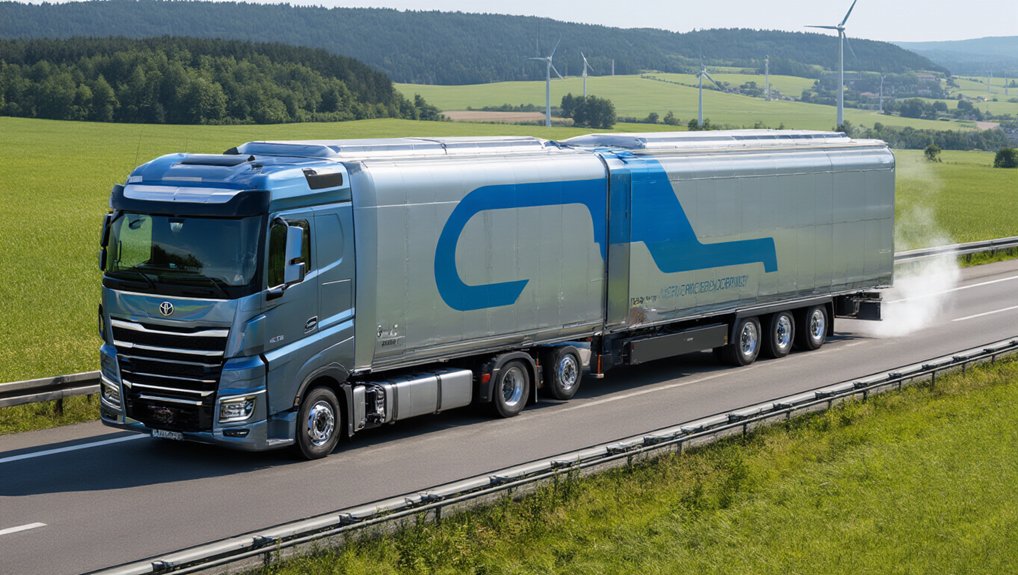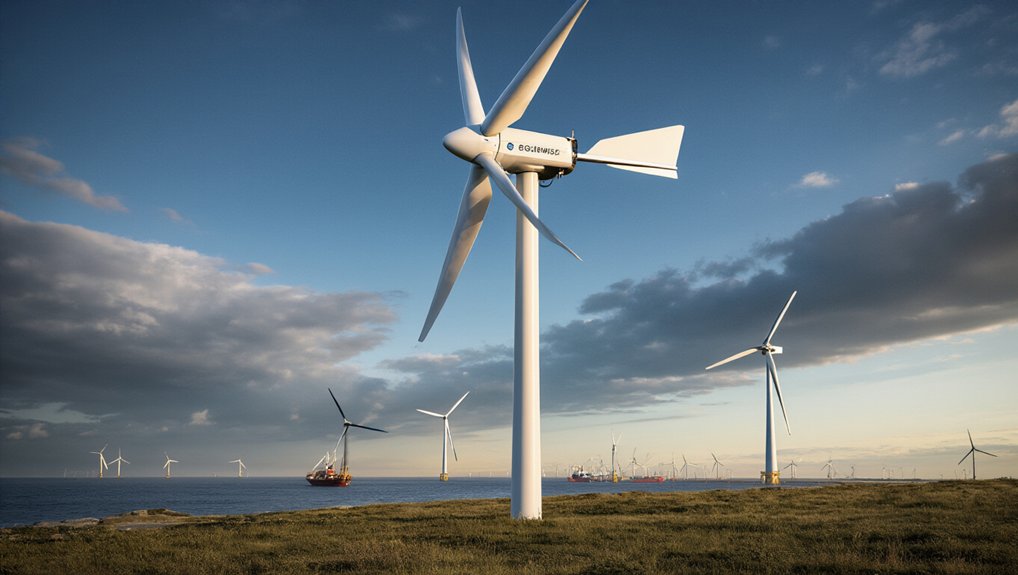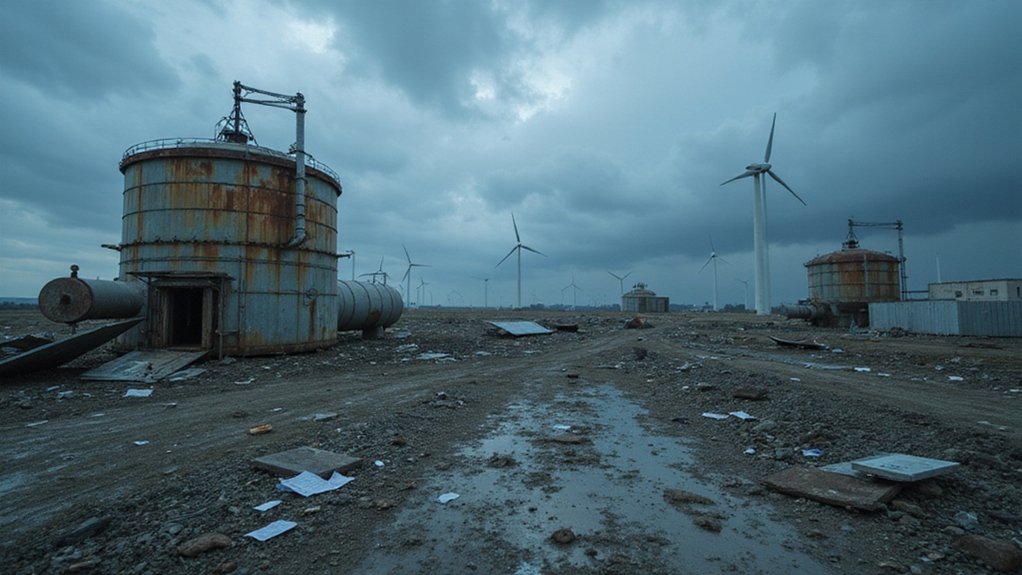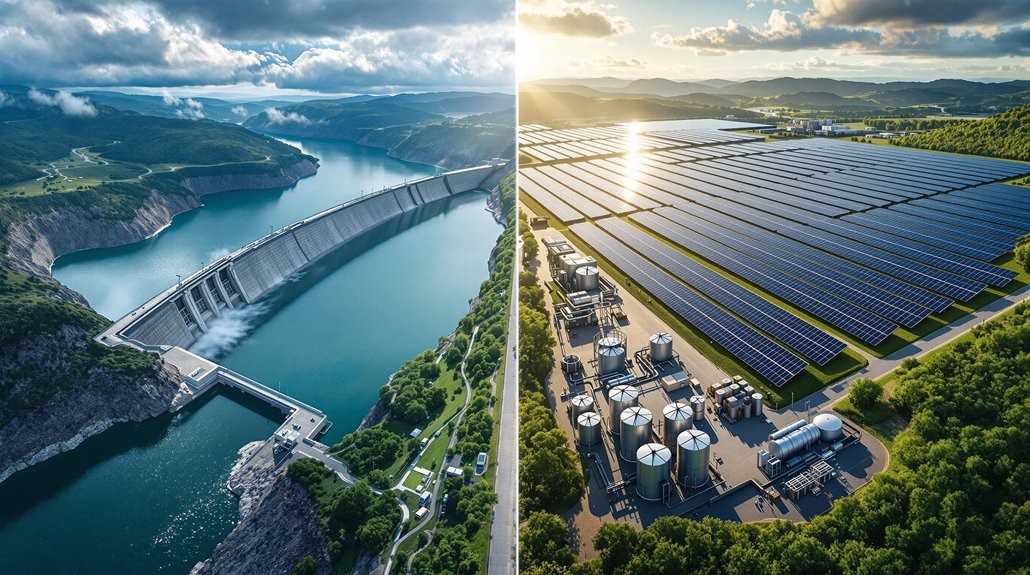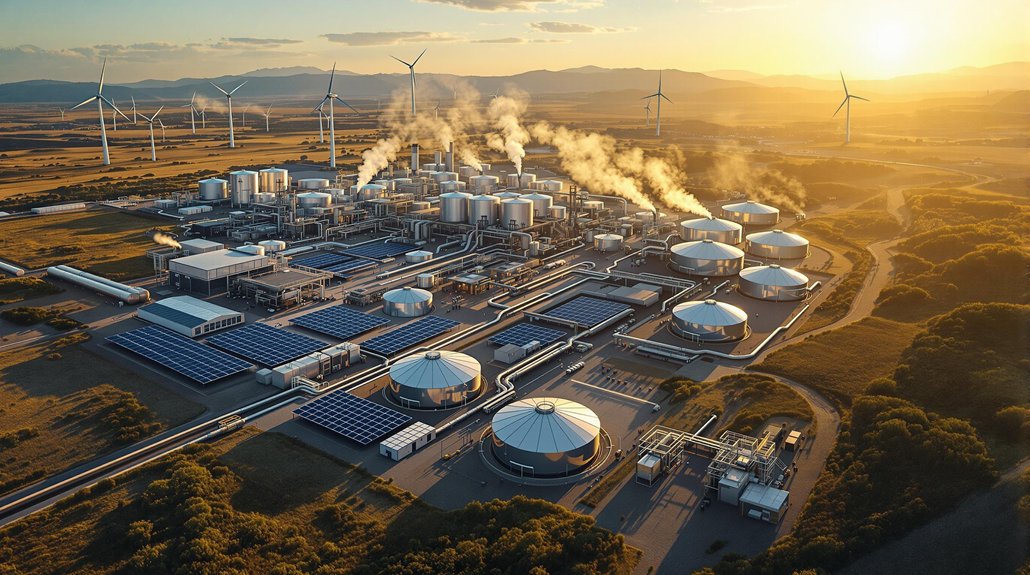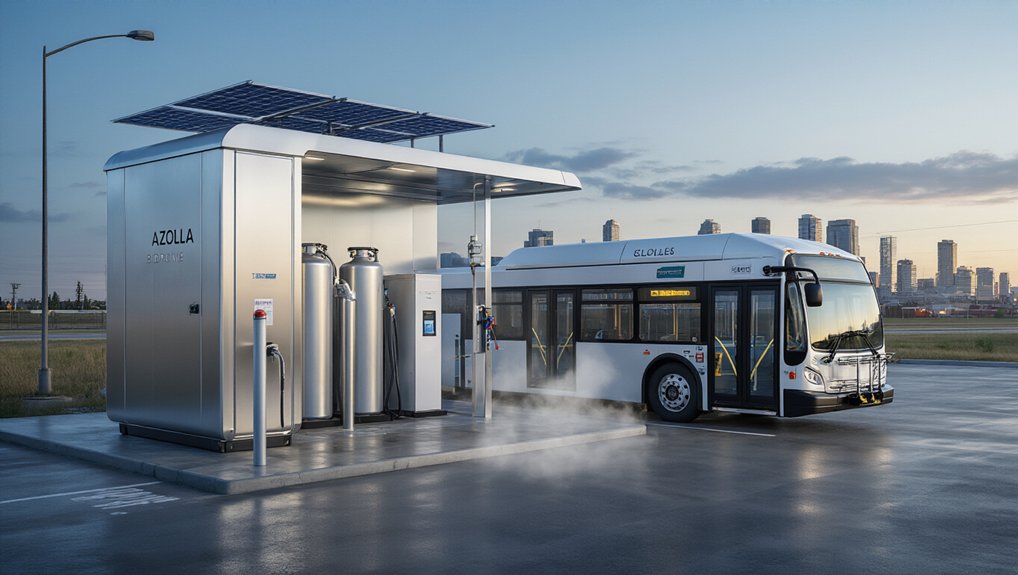Toyota just rolled out hydrogen-powered trucks across Europe, and they’re not messing around. These 40-tonne beasts are hauling over 500,000 parts daily from Belgium to France, Germany, and the Netherlands. No diesel fumes. No particulates. Just water vapor coming out the back.
The trucks run on fuel cells that combine hydrogen and oxygen to create electricity. Simple chemistry, massive impact. Each rig can haul for 400 kilometers before needing a refill, which takes about as long as pumping diesel. Toyota’s logistics partners—Vos Transport Group, CEVA Logistics, Groupe CAT, and Yusen Logistics—are already putting them through their paces on real delivery routes.
Hydrogen meets oxygen, creates electricity. Simple chemistry powering 40-tonne trucks across Europe daily.
Here’s what matters: these things actually work. They’re not some concept vehicle gathering dust in a warehouse. They’re moving Toyota parts across borders every single day, matching diesel performance without the environmental baggage. The electric motors run quieter too. Communities along transport corridors probably appreciate not having their windows rattle every time a truck rolls by. The vibration-free operation creates a more comfortable driving experience for the operators who spend hours behind the wheel.
The weight advantage is clever. Hydrogen systems weigh less than diesel engines, meaning trucks can carry heavier loads while staying under legal limits. More cargo per trip equals fewer trips overall. Basic math that logistics companies love.
Toyota’s targeting carbon neutrality by 2040, and these trucks are a solid step in that direction. The company plans to achieve 100% CO2 reduction in all new vehicles sold in Western Europe by 2035. Similar to geothermal energy, hydrogen fuel cells offer minimal emissions while providing consistent performance regardless of weather conditions. The EU keeps tightening emissions regulations, so getting ahead of the curve makes business sense. Early adopters get to figure out the kinks while competitors scramble to catch up later.
The infrastructure piece remains tricky. Hydrogen refueling stations aren’t exactly on every corner yet. But with companies like Toyota pushing hard, that’s changing. They’re even working on bigger hydrogen tanks to extend the range further.
Bottom line: Toyota’s hydrogen trucks prove zero-emission freight isn’t some distant dream. It’s happening now on European highways. The technology works, the economics are starting to make sense, and diesel’s days in logistics might be numbered. These silent giants are rewriting the rules of heavy transport, one delivery at a time.
References
- https://newsroom.toyota.eu/toyota-motor-europe-starts-zero-tailpipe-emissions-logistics-with-fuel-cell-trucks/
- https://media.toyota.co.uk/toyota-launches-zero-tailpipe-emissions-logistics-with-fuel-cell-trucks/
- https://www.toyota-europe.com/news/2023/zero-emission
- https://www.automotivelogistics.media/sustainability/toyota-using-hydrogen-fuel-cell-trucks-for-european-parts-distribution/47318.article
- https://mag.toyota.co.uk/hydrogen-trucks/
